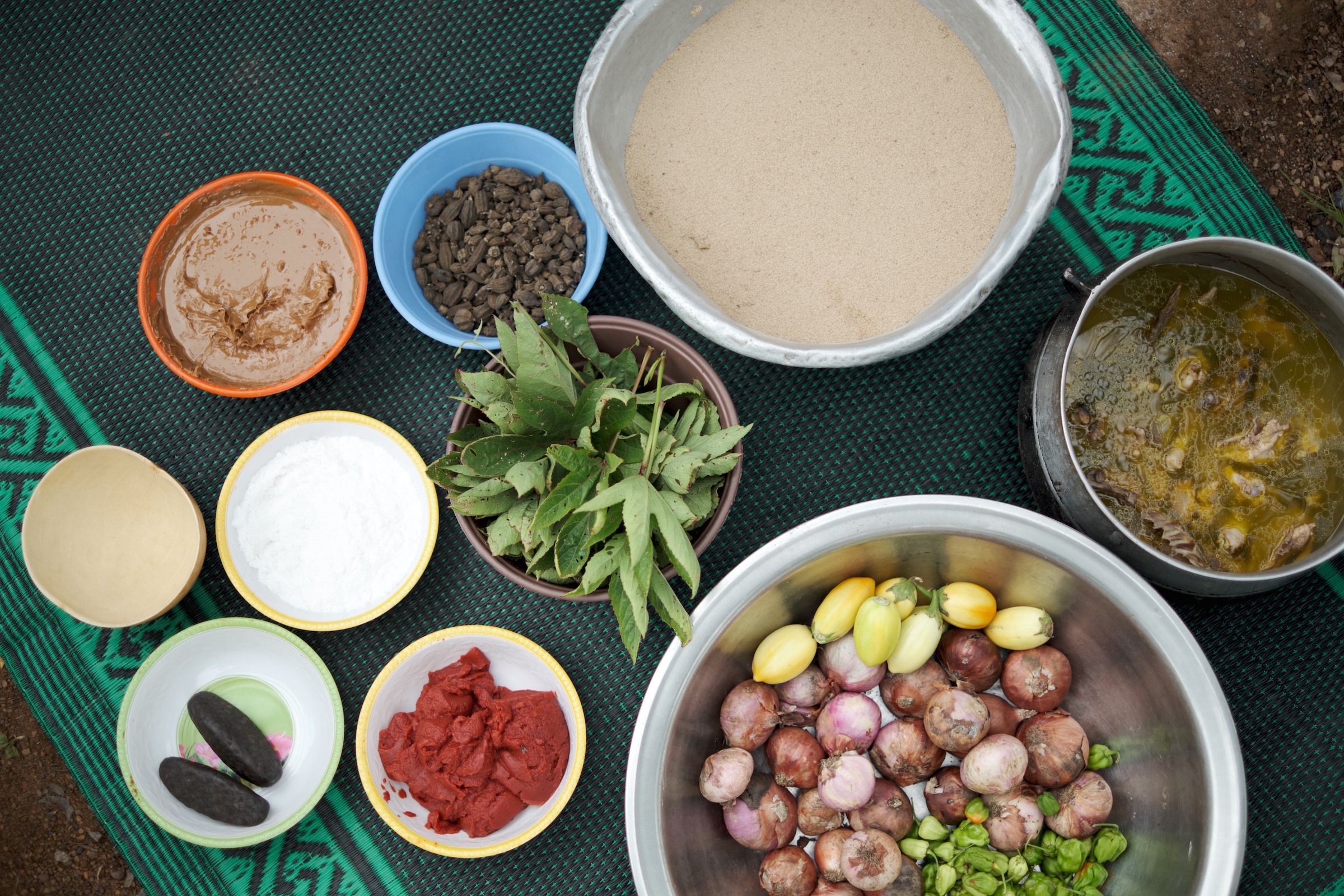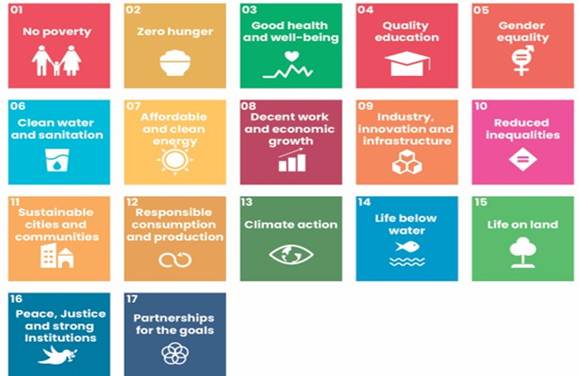- Courses
- GS Full Course 1 Year
- GS Full Course 2 Year
- GS Full Course 3 Year
- GS Full Course Till Selection
- CSAT
- 5 LAYERED ARJUNA Mentorship
- Public Administration Optional
- Online Program
- GS Recorded Course
- NCERT Batch
- Polity Module Course
- Geography Module Course
- Economy Module Course
- AMAC Module Course
- Modern India, Post Independence & World History Module Course
- Environment Module Course
- Governance Module Course
- Science & Tech. Module Course
- International Relations and Internal Security Module Course
- Disaster Management Module Course
- Ethics Module Course
- Essay Module Course
- Current Affairs Module Course
- ABOUT US
- OUR TOPPERS
- TEST SERIES
- FREE STUDY MATERIAL
- VIDEOS
- CONTACT US
New SDG Indicator on Minimum Dietary Diversity (MDD) Adopted
New SDG Indicator on Minimum Dietary Diversity (MDD) Adopted
26-04-2025

- The UN Statistical Commission has officially adopted a new indicator for tracking Minimum Dietary Diversity (MDD).
- This inclusion expands the SDG monitoring framework to nearly 250 indicators, refining efforts to assess global development progress.
- The indicator addresses a key gap in measuring healthy dietary intake, previously missing from the SDG system.
Institutional Oversight
- The Food and Agriculture Organization (FAO) and UNICEF will jointly oversee and manage this newly introduced indicator.
- It directly contributes to achieving SDG 2 (Zero Hunger) and supports targets of the 2030 Agenda for Sustainable Development.

What is Minimum Dietary Diversity (MDD)?
As per World Health Organization (WHO) guidelines, MDD is achieved when an individual consumes at least five out of eight key food groups in a day. The eight food groups include:
-
- Breast milk
- Grains, roots, and tubers
- Legumes and nuts
- Dairy products
- Flesh foods (meat, fish, poultry, liver/organ meats)
- Eggs
- Vitamin A-rich fruits and vegetables
- Other fruits and vegetables
Importance of the MDD Indicator
- Nutritional Monitoring: Focuses on women (MDD-W) and children (MDD-C), the groups most at risk of malnutrition.
- Supports Global Health Goals: Reinforces progress tracking under SDG 2 – Zero Hunger and broader health and nutrition goals.
- Policy Development Tool: Assists governments in designing targeted nutrition policies and interventions.
- Program Evaluation: Enables better assessment of nutrition and food distribution programs, particularly in vulnerable populations.
Status of Minimum Dietary Diversity Failure (MDDF) in India (2019-21)
- Widespread Nutritional Deficit: A significant portion of Indian children suffer from MDDF, reflecting poor dietary diversity.
- Regional Variation: States like Uttar Pradesh, Rajasthan, Gujarat, Maharashtra, and Madhya Pradesh report MDDF in over 80% of children.
- Age-Specific Trends: Around 77% of children aged 6–23 months in India do not receive the minimum required dietary diversity.
- Caste-Based Disparities:
- Children from Other Backward Classes (OBCs) have the highest MDDF rate at 79%.
- Followed by Scheduled Castes (77.2%) and Scheduled Tribes (76%), highlighting nutrition inequality.




